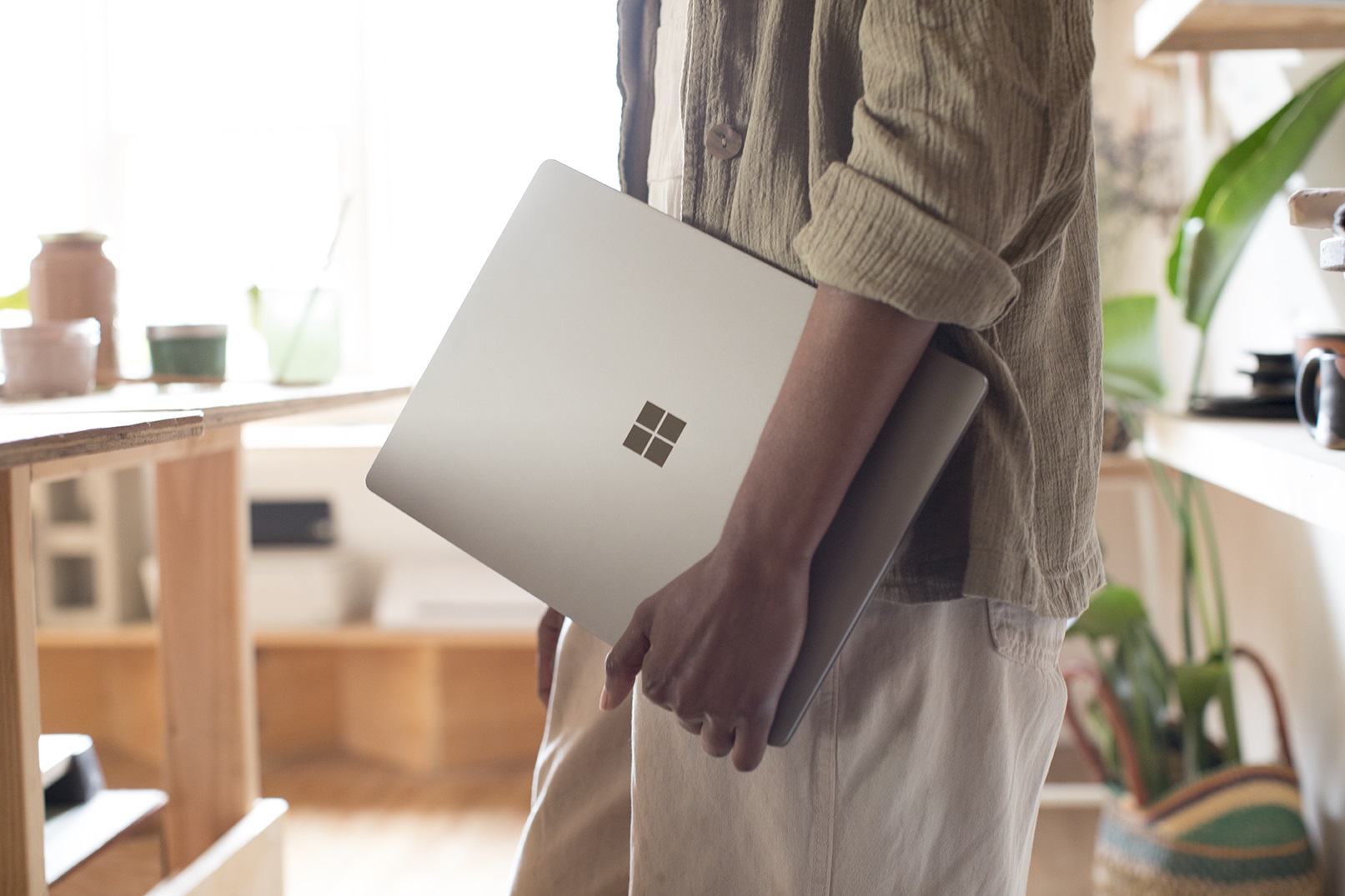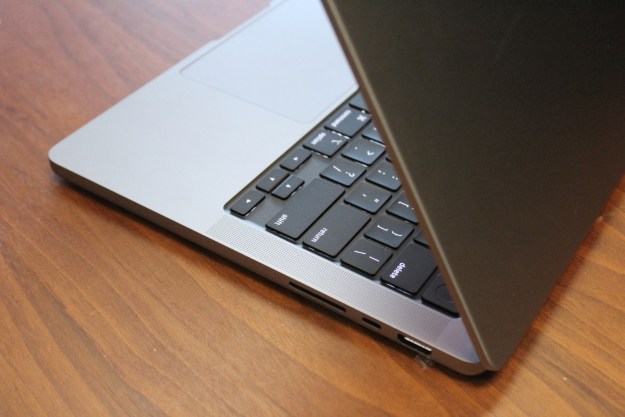
It was only last month when, after a rough initial release, Microsoft finally made its October 2018 Windows 10 update available to all users of the company’s latest operating system.
But now Microsoft has already announced the release of a preview of its next Windows 10 features update. It was announced on January 3 that this features update preview would be released to Windows Insiders within the Fast Ring. The update itself is known as Build 18309 and has been code-named 19H1.
Even in its preview version, 19H1 already offers a laundry list of changes and new features addressing a wide variety of Windows 10 concerns, such as security and passwords changes and Ease of Access improvements.
Among the long list of improvements that will be available in 19H1, there were a few new features in the update that caught our attention. The big features to look out for in the 19H1 update include the creation of password-free phone number Microsoft accounts, the availability of new voices in other languages for use in Narrator, and a fix for those who experienced “random yet frequent” explorer.exe crashes.
The 19H1 features update will allow users to sign in to Windows with a phone number account, rather than having to create and remember a password. While support for a password-free phone number Microsoft account was available in Build 18305, it was only available for Insiders who used the Windows 10 Home edition. Now, 19H1 will offer that same support for all editions of Windows 10.
Narrator, the native screen reader app for Windows 10, will also undergo some changes. Most notably, it will now offer new downloadable voice options in other languages instead of requiring users to download language packs.
And for those users struggling with explorer.exe crashes, the 19H1 update will bring a fix involving a “server-side change” that will hopefully be a welcome resolution of the crash issue.
In addition to the big changes above, there were also a few small yet intriguing changes to the appearance of Windows 10 that we think are worth mentioning: First, Search and Cortana are expected to be separate in the new update. Second, a new light theme will also be available. This theme is supposed to turn aspects of the Windows Shell white, such as the Start menu. And last but not least, 19H1 will also offer 11 more mouse pointer sizes for a total of 15 sizes to choose from.
The forthcoming features update for Windows 10 is slated for an April 2019 release, according to Windows Central.
Editors' Recommendations
- The next big Windows 11 update has a new hardware requirement
- Windows 11 24H2 or Windows 12? Here’s what’s coming soon
- Microsoft plans to charge for Windows 10 updates in the future
- I love Macs. But here are 5 reasons I keep coming back to Windows
- The latest Windows Update is reportedly causing Starfield problems


